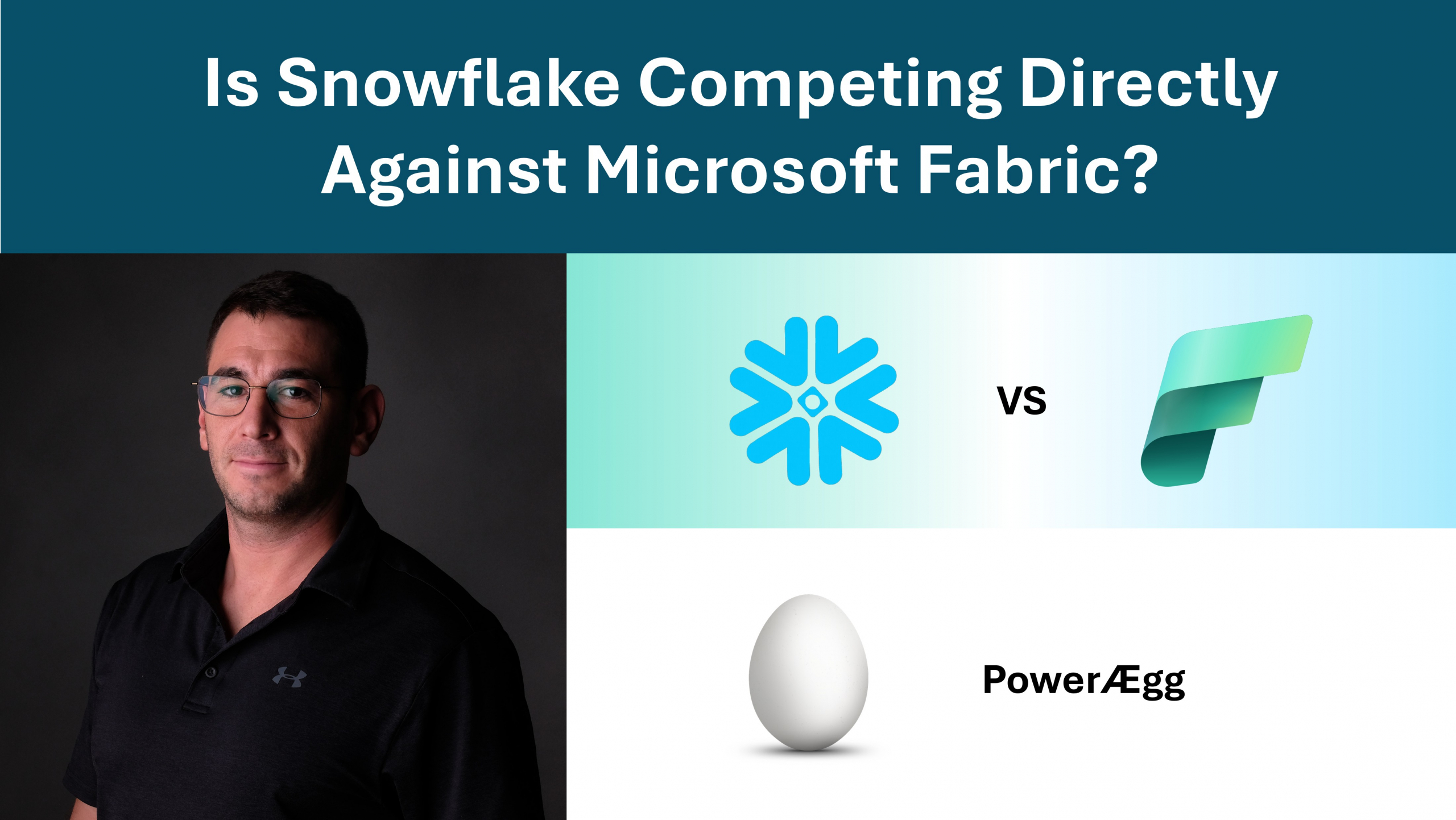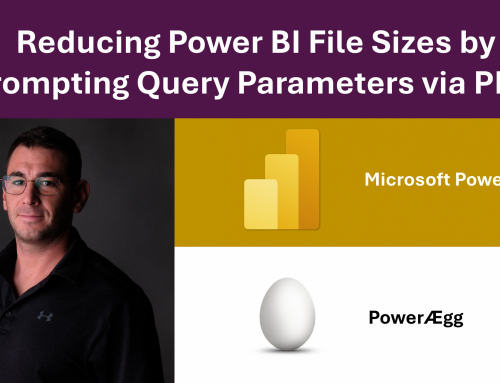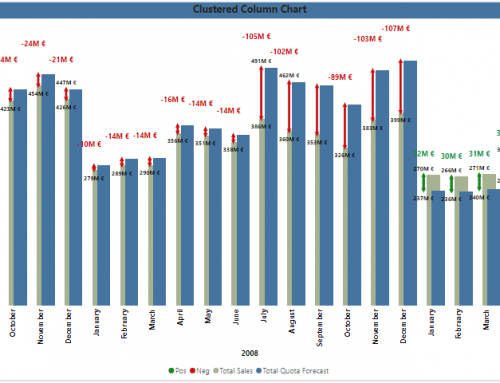Snowflake as a Competitor
With the recent introduction of Snowflake Cortex and Snowflake Intelligence, it’s evident that Snowflake is investing significantly in integrating retrieval-augmented generation (RAG) and agentic AI capabilities into its SaaS data platform. Microsoft Fabric is advancing in the same direction, with features like Copilot, AI Functions, and Data Agents – but the two ecosystems offer different experiences and strengths.
In this article, we’ll evaluate how Snowflake compares to Microsoft Fabric, examining both the benefits and limitations of Snowflake in this context. The goal is to determine whether Snowflake is truly a direct competitor to Fabric or if the platforms are complementary in scope.
Understanding Snowflake Intelligence
Snowflake Intelligence is a unified AI and data environment designed to handle structured and unstructured data seamlessly. It enables users to build agentic workflows, run LLM-based interactions, and enrich their data estate using Snowflake ML tools.

More information: Snowflake Intelligence
Advantages of Snowflake Over Fabric
- Unified AI & Data Platform: Supports both structured and unstructured data natively within the same AI ecosystem.
- Integrated Agentic Workflows: Offers more flexibility for building agentic solutions. In Fabric, such functionality may require additional integration with AI Foundry.
- Built-In AI Capabilities: Includes AI features such as Cortex AI Search and function chaining natively within the Snowflake platform.
- Governance via Open Catalog: Provides integrated data governance and sharing. In contrast, Fabric users typically integrate Microsoft Purview for full governance functionality.
Limitations of Snowflake Compared to Fabric
- LLM Restrictions: Limited to Snowflake-supported LLMs; extending beyond may require custom solutions or external orchestration.
- Lack of Built-In Visualizations: Does not offer integrated no-code visualization experiences like Power BI Copilot in Fabric (e.g., “Reports as a Source”).
- Security Integration: RBAC is Snowflake-native and must be manually configured; Fabric inherits security models from Microsoft Entra ID (Azure AD), providing seamless enterprise access control.
- Deployment Complexity: While Snowflake is SaaS, it requires initial setup (cloud region selection, role configuration), often necessitating IT involvement. Fabric, by contrast, offers near-instant deployment within Microsoft 365 environments.
- Cost at Scale: Snowflake’s compute and storage costs can be significantly higher for large workloads. For example, running 500 credits/month for 100 TB of data under heavy compute could cost up to 3× more than a comparable Microsoft Fabric F64 capacity.
- User Enablement: While both platforms are SaaS, Fabric’s Copilot and low-code/no-code experiences are more accessible for business users and citizen developers.
- Release Cadence Uncertainty: Snowflake’s new features (e.g., Cortex, agentic workflows) are still rolling out, and timelines for general availability can be unclear.
Should Microsoft Be Concerned About Snowflake?
That depends on the organization’s existing skills, ecosystem alignment, and data maturity.
Snowflake currently offers a more tightly integrated AI experience out-of-the-box, particularly for companies already invested in its ecosystem. However, for organizations with AI engineering capabilities and alignment with Microsoft tools, Fabric becomes extremely powerful when extended:
- Combine AI Foundry for advanced AI scenarios
- Integrate Microsoft Purview for robust governance
- Use ML Studio for custom model training and deployment
This flexibility makes the Microsoft Fabric ecosystem highly scalable and extensible, especially for enterprise environments already standardized on Microsoft 365, Azure, and Power BI.
Conclusion
While Snowflake offers more pre-integrated AI capabilities today, Microsoft Fabric shines in extensibility, integration, and cost-effectiveness. When enhanced with tools like AI Foundry and Purview, Fabric provides a compelling alternative—particularly for enterprises seeking a scalable, low-barrier, and secure data platform integrated with familiar tools.
In the end, the right choice comes down to your organization’s strategic alignment, user base, and AI readiness.





